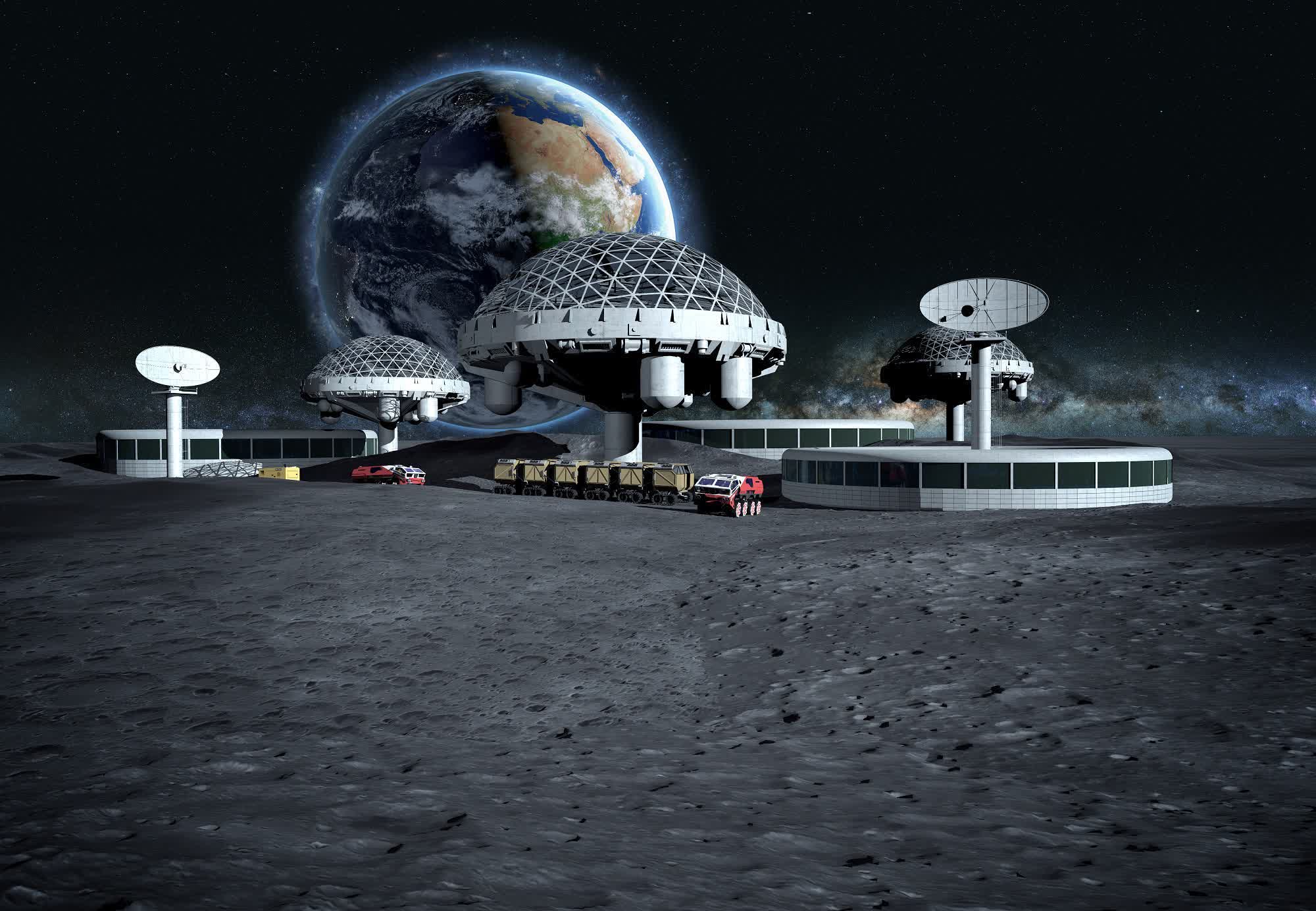WTF?! The majority of today's mobile network news is related to the ongoing expansion of 5G, so why should we care about a new 4G network? Because this one's located on the moon, that's why.

The unlikely-sounding scenario is part of NASA's Artemis' program, which aims to put the next man and first woman on the lunar surface in 2024. The eventual plan is to build sustainable elements on and around the moon, including a lunar space station known as the Gateway, for long-term discovery, exploration, and commercial use.
By 2028, the agency hopes to have a lunar base that can sustain a human presence, which will require, among many other things, a 4G network that allows better and more stable long-distance voice, video, and data transmissions than current methods on the moon. The network will also be used for real-time navigation purposes, streaming biometric data, controlling lunar rovers remotely, and high-definition video streaming.
The project is being created by Nokia—one of several companies contracted by NASA to work on the Artemis Program at the cost of $370 million—working alongside spaceflight engineering firm Intuitive Machines. The Finnish giant says the network will be "ultra-compact, low-power, space-hardened, end-to-end LTE," helping it survive the journey from Earth to the lunar surface.
All the LTE equipment, which has been specially designed to withstand the harsh launch and landing along with the extreme condition of space (radiation, vacuum, etc.), will be integrated into the lunar lander and self-configure upon deployment. The aim is for the mobile network to be built and deployed by late 2022, and much like here on Earth, it will eventually be upgraded to 5G.
We recently saw the US and eight other nations sign the Artemis program's principles, the Artemis Accords, which should help avoid confrontations between countries while exploring the moon and deep space.
Image credit: Pavel Chagochkin
https://www.techspot.com/news/87175-nokia-build-4g-network-moon.html